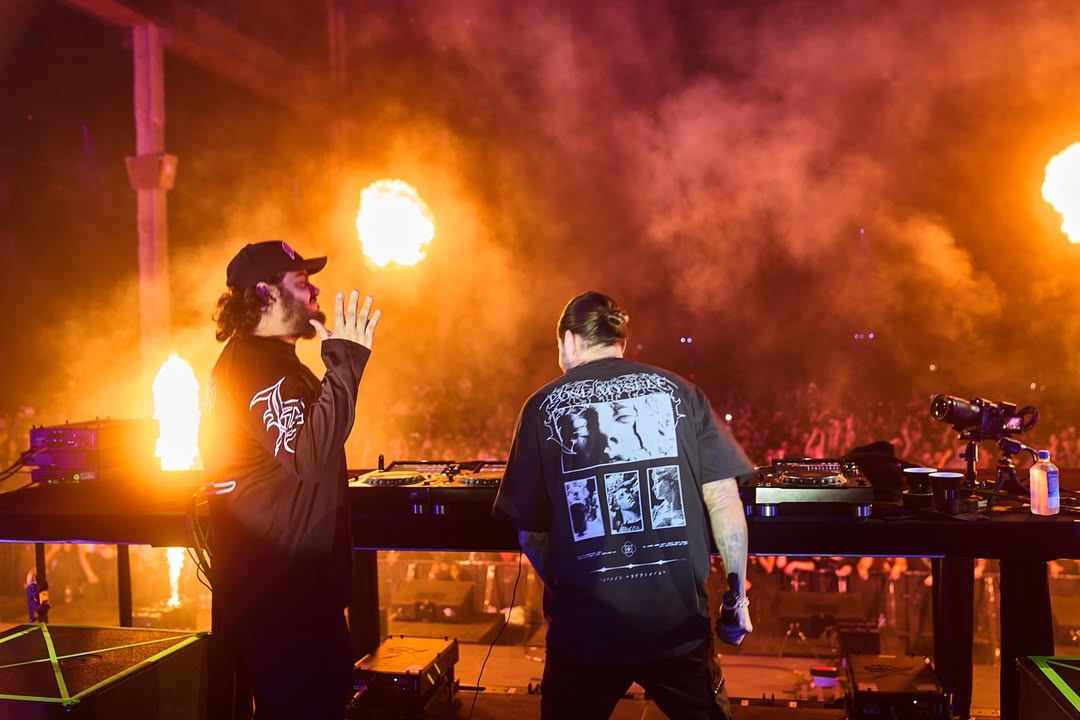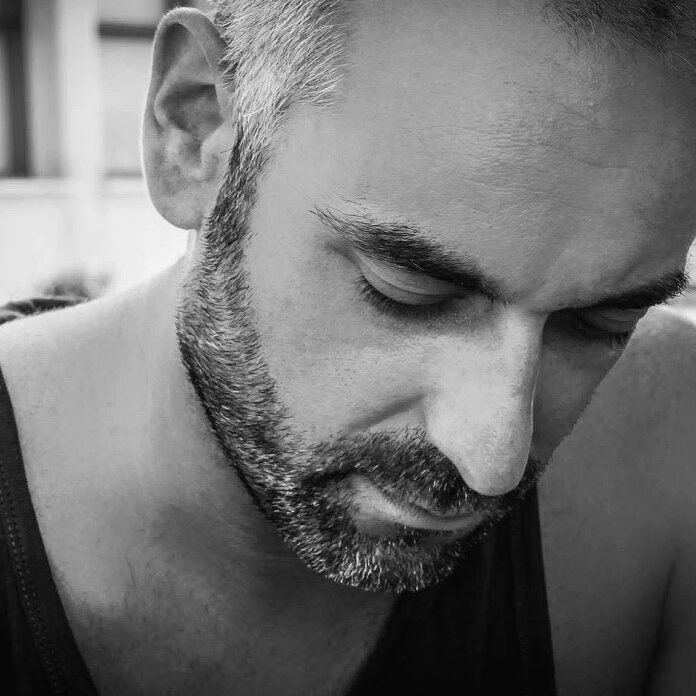WARNING: The following contains spoilers for Magia Record Season 2 Episode 3, "There Were Too Many to Carry," now streaming on Crunchyroll.
Puella Magi Madoka Magica first took the anime world by storm with its dark deconstruction of the magical girl genre. Fans were left reeling after Rebellion's cliffhanger ending (literally) in 2013, and the 2020 Magia Record sought to fill the hole left by seven years of silence. The newly minted anime was an adaption of a popular mobile game. and while it didn't rise to the heights of Puella Magi Madoka Magica, fans were tantalized with glimpses of the original Holy Quintet.
Season 2 of Magia Record quietly broke back onto the scene in August of 2021, but its return was overshadowed by a teaser concept from the fourth Madoka Magica movie. The continuation of Magia Record ups the mysteries from the first season and more surprisingly, draws a symbolic parallel to Rebellion's themes. It may be a coincidence that Magia Record leans into Rebellion so close to the fourth movie teaser, but the similarities are nonetheless striking.
The similarities start at the end of Episode 2 and continue throughout Episode 3. Directed by Nemu Hiiragi, Yachiyo and Kuroe search for Iroha in the Rumor of the Endless Sakura Tree, where they enter an Uwasa barrier. Things take a surreal turn when the two Magical Girls find themselves trapped in Iroha's happy dreams. However, these idyllic dreams are a thin cover for the sinister, too-colorful landscapes that writhe with malicious intent. Yachiyo later discovers that Iroha's Doppel has trapped them in a Witch-like Labyrinth of dreams, and when Kuroe and Yachiyo confront Iroha, they must battle their friend's Doppel to free her.
Magia Record subtly leans into Rebellion by bringing Madoka and Homura back into the early episodes. These two Magical Girls have shaped the karmic fate of the franchise's universe. These cameos tell us that in this timeline/universe, Homura is still trying to save Madoka from her fate as a magical girl. Magia Record subconsciously reminds the audience of their cyclic struggle for salvation in Rebellion.
Both Iroha and Homura experience idyllic dreams tailored to their deepest desires. Yachiyo and Kuroe are unsettled when they enter the barrier and find themselves living in Mikazuki Villa with the other Magical Girls in domestic bliss. The Mikazuki crew work together for Grief Seeds, light beautiful fireworks, rarely argue and co-exist, with their real-life flaws smoothed away. This is almost beat for beat with Rebellion's introduction, where the Holy Quintet fights harmless Nightmares and coexist happily without any of the issues that led to their deaths in previous timelines. This storytelling mechanic is used to show Iroha and Homura's pure intentions of making everyone happy, yet drives home the dichotomy of their bleak reality.
Episode 3 brings back the crazy visuals and haunting music of Rebellion in the best way. Rebellion used textile patterns, stop-motion animation and 3D objects to create its uneasy atmosphere, and Magia Record follows suit with some of the most unique visuals so far. From an Alice in Wonderland-like field of bright flowers to stop-motion red string, the show pulls out all the artistic stops to put the viewer on edge. Both anime use their unique styles as a dark accent to the saccharine dreams to foreshadow the story's twist. Magia Record's sound production is just as excellent, referencing Rebellion's discordant chimes that hint at a corruption of innocence along with sound cues for Witch Labyrinths.
For those who watched Rebellion, Magia Record's episode twist ending is not a surprise. Yachiyo roots out the truth in a fashion similar to Homura where both use a key character to unlock the mystery. For Iroha, it's Ui Tamaki and for Homura, it's Madoka Kaname. Their love for a missing character helps break the illusion, and the world goes through a disturbing corruption as the truth looms closer. In the end, we learn that each respective magical girl has created a Labyrinth that shields them from reality with sweet dreams. Both Homura and Iroha's darkest selves, their Witch/Doppel, fight to stay in their illusory world, and their friends are forced to fight them to bring them back to reality. This recurring deconstruction throughout Madoka Magica is about the perils of not facing one's emotions and the harm of burying negativity behind a mask.
Magia Record and Rebellion tell different stories, but both of them shine a bleak light on the state of Magical Girls. Many of these characters are manipulated into becoming Magical Girls, and the two anime show the audience their corrupted innocence. Both Iroha and Homura, and many others, simply wish to live fulfilling lives by bringing happiness to others. However, as Magical Girls, they become hardened veterans who learn maladaptive coping mechanisms that lead to tragic demises.


